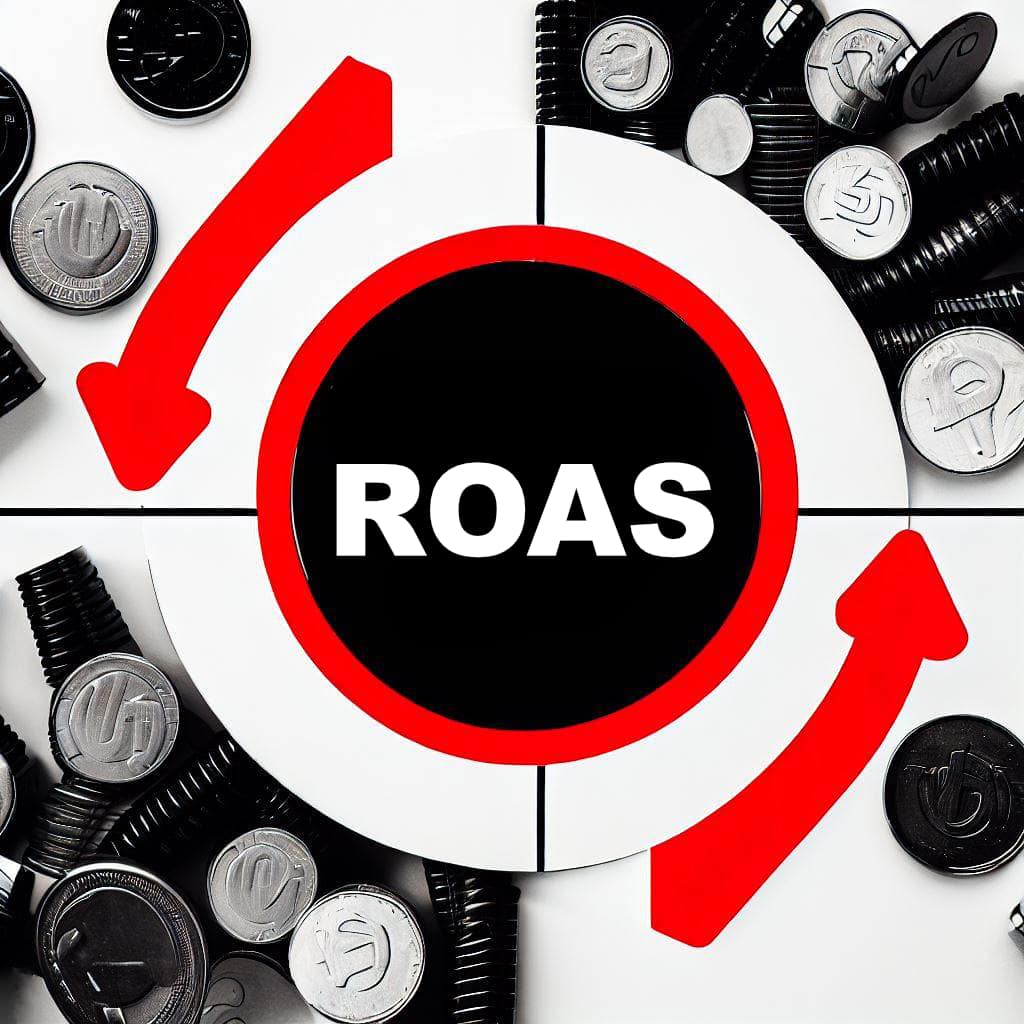ROAS ROI Metrics
The famous quote, “Half the money I spend on advertising is wasted; the trouble is, I don’t know which half,” is commonly attributed to John Wanamaker, an American merchant and pioneer of marketing in the late 19th and early 20th centuries. While the exact origin of the quote may be debated, Wanamaker is often credited with expressing this sentiment, reflecting the challenge marketers face in accurately determining the effectiveness of their advertising efforts. The quote has since become a well-known saying in the advertising industry, highlighting the difficulty of precisely measuring the impact of individual marketing activities.
When running a PPC (Pay-Per-Click) digital campaign, measuring the effectiveness and success of your efforts is crucial. Two key metrics that provide valuable insights into the campaign’s performance are Return on Investment (ROI) and Return on Advertising Spend (ROAS). Let’s explore their meanings and significance:
1. Return on Investment (ROI): ROI is a metric that evaluates the profitability of an investment by comparing the net profit generated to the cost of that investment. In the context of a PPC campaign, ROI measures the financial return achieved from the total investment made, considering both the ad spend and other associated costs (such as campaign management fees).
Formula: (Revenue – Cost) / Cost
ROI provides a comprehensive view of the campaign’s overall profitability, considering the revenue generated in relation to the investment made. A positive ROI indicates that the campaign is generating more revenue than the costs incurred, while a negative ROI suggests that the campaign is not generating sufficient returns.
1. Return on Advertising Spend (ROAS): ROAS is a metric specifically focused on evaluating the effectiveness of advertising spend by comparing the revenue generated to the amount spent on advertising. Unlike ROI, ROAS does not consider other costs associated with the campaign, focusing solely on the advertising investment.
Formula: Revenue / Cost of Advertising
ROAS measures the revenue generated per dollar spent on advertising, indicating the efficiency of your ad spend. A higher ROAS indicates a more effective campaign, where revenue generated is proportionally higher than the advertising costs.
Both ROI and ROAS are valuable metrics, but they provide slightly different perspectives:
* ROI provides a broader view, considering all costs and revenue associated with the campaign. It helps assess the overall profitability and the impact of the campaign on the business’s bottom line.
* ROAS focuses specifically on the efficiency of advertising spend, providing insights into the effectiveness of ad campaigns in generating revenue.
By tracking ROI and ROAS, advertisers can gauge the financial performance of their PPC campaigns, make informed decisions about budget allocation, optimize campaigns for better results, and ensure a positive impact on their business’s financial goals.
The percentage of gross revenue that should be allocated to advertising and marketing can vary depending on several factors, including industry, business goals, competition, and growth stage. While there is no one-size-fits-all answer, a commonly cited guideline is to allocate around 5-10% of gross revenue to marketing efforts. However, this is a general range, and some industries or businesses with aggressive growth goals may invest even higher percentages.
It’s important to note that this percentage should be considered as a starting point and can be adjusted based on specific circumstances. Factors to consider when determining the appropriate budget allocation for marketing and advertising include:
1. Industry Norms: Research industry benchmarks and understand the average marketing spend within your sector. This can provide a benchmark for comparison and help you gauge if you’re investing adequately.
2. Business Goals: Consider your business objectives and growth targets. If you’re aiming for rapid expansion or market dominance, you might need to allocate a higher percentage of revenue to marketing to fuel your growth.
3. Competitive Landscape: Evaluate the level of competition in your industry and the marketing efforts of your competitors. If you operate in a highly competitive market, you may need to allocate a larger budget to stay visible and gain market share.
4. Growth Stage: Businesses in their early stages may need to invest a higher percentage of revenue to build brand awareness, attract customers, and establish themselves in the market. As the business matures, the marketing budget can be adjusted based on established customer acquisition costs and return on investment.
5. Track Performance: Continuously monitor and evaluate the performance of your marketing efforts. Analyze key metrics such as customer acquisition cost, lifetime value of customers, and return on investment. This data will help optimize your marketing spend and determine if adjustments to the budget allocation are necessary.
Ultimately, the percentage of gross revenue allocated to advertising and marketing should be tailored to the specific needs and goals of your business. Regular evaluation, testing, and adjustments based on performance metrics will help ensure an effective and efficient use of your marketing budget.

